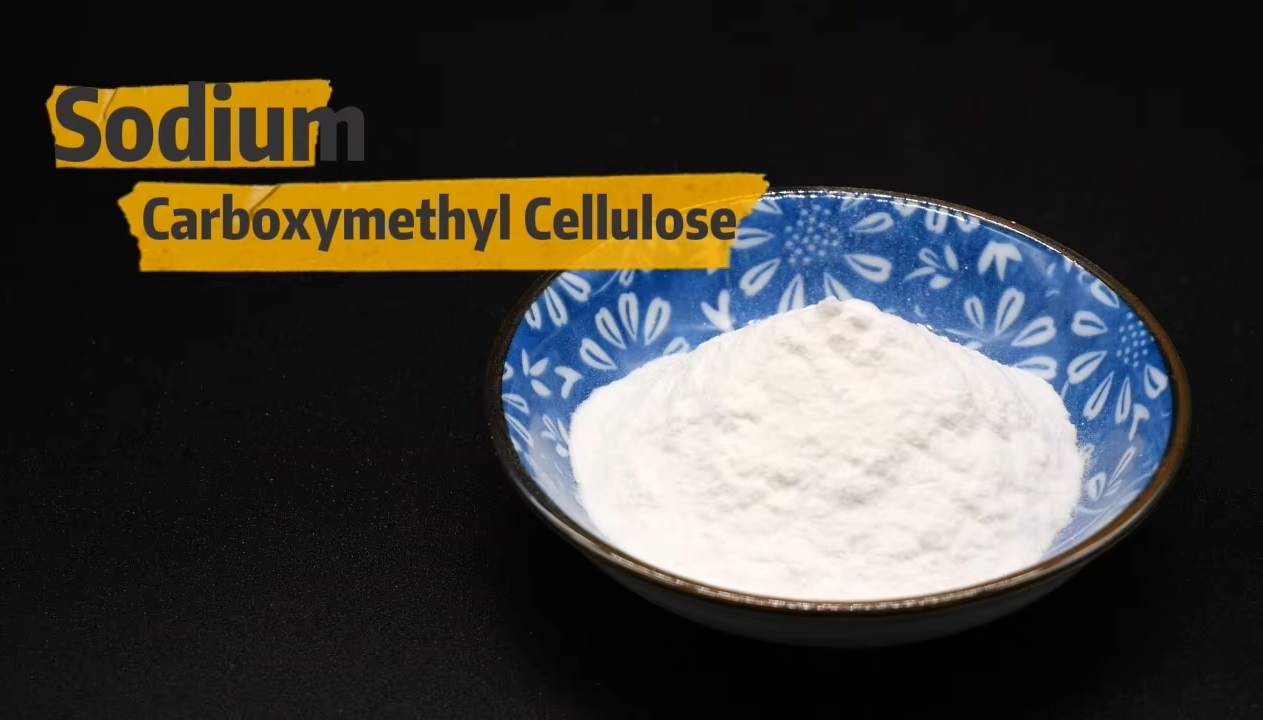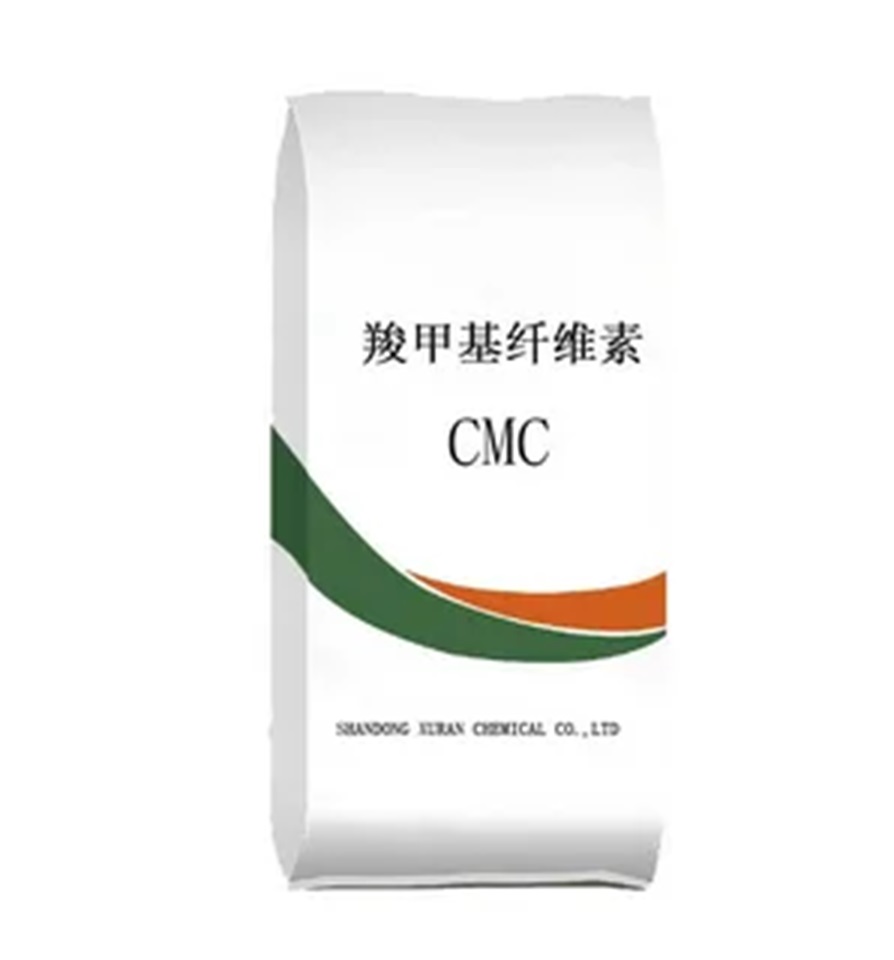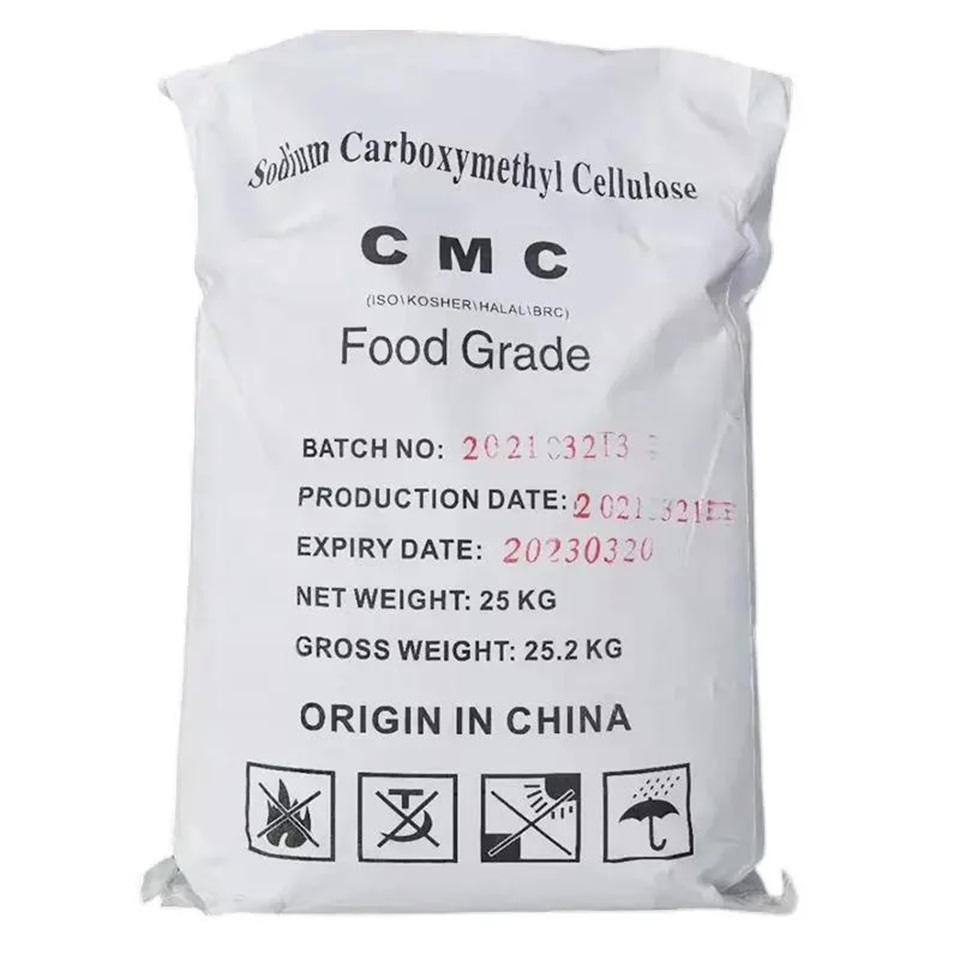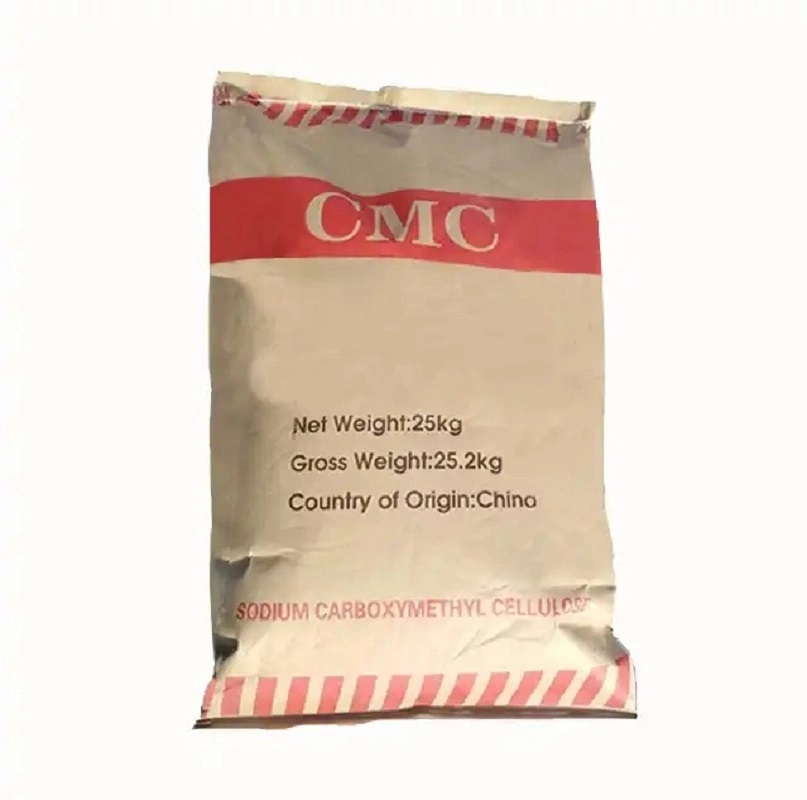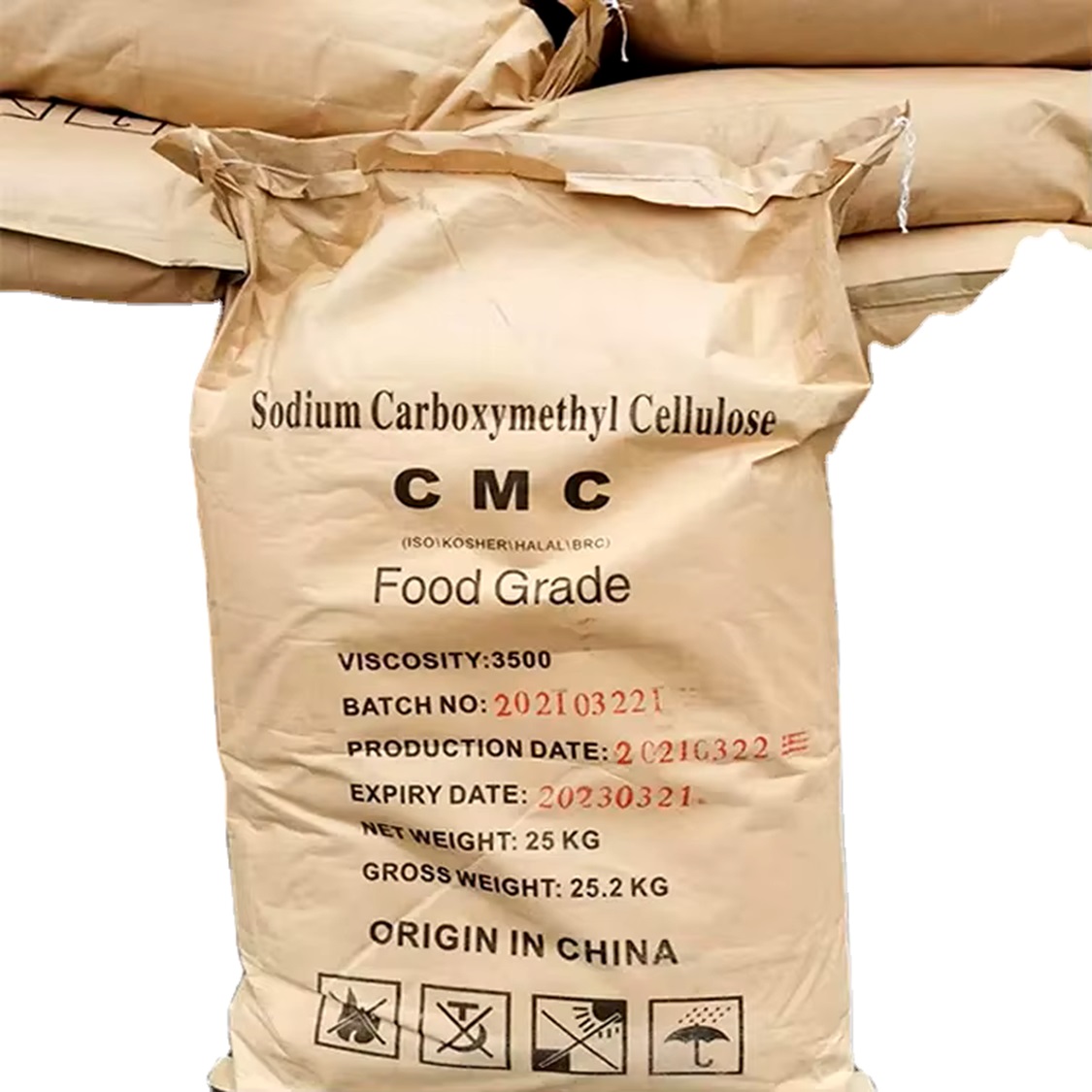We unleash your business potential by maximize the business innovation.
Send EmailE466, Sodium Carboxy Methyl Cellulose, Sodium Cellulose Glycolate, Cellulose Gum, CMC, 9004-32-4
Here's a clear breakdown in English of the differences between the two products—CAS 9004-32-4 and CAS 9000-11-7—as well as their functional alternatives:
1. Main Differences Between the Two CAS Numbers
| CAS Number | Common Name | E Number | Key Features |
|---|---|---|---|
| 9004-32-4 | Sodium Carboxymethyl Cellulose (Na-CMC) | E466 | Water-soluble, used widely in food, pharma, and cosmetics. It’s the sodium salt form with high purity. |
| 9000-11-7 | Carboxymethyl Cellulose (CMC) | E461/E466 | More general form, may include non-neutralized or partially neutralized types; common in technical or industrial applications. |
Color: Both appear as white to cream-colored powders, but Na-CMC (9004-32-4) is often whiter and purer, especially in food/pharma grade.
2. Functional Alternatives to CMC/Na-CMC
Depending on your application (food, cosmetics, construction, etc.), here are widely used alternatives:
A. Food & Pharmaceutical Grade Alternatives
| Product | E Number | Characteristics |
|---|---|---|
| Hydroxypropyl Methylcellulose (HPMC) | E464 | Film-forming, thermally stable, used in capsules, sauces, etc. |
| Xanthan Gum | E415 | Excellent stability to pH and heat; ideal for sauces and dressings. |
| Guar Gum | E412 | High viscosity in cold water; used in dairy and bakery products. |
| Locust Bean Gum | E410 | Natural thickener for desserts and ice cream. |
| Methylcellulose (MC) | E461 | Gelling when heated; used in gluten-free baking and food shaping. |
B. Industrial / Technical Alternatives
-
Modified Starches – Used in adhesives, textiles, and paper.
-
Polyacrylates / Polycarboxylates – Great for detergents and construction chemicals.
-
PVA (Polyvinyl Alcohol) – Offers strong film-forming properties in coatings and paper.
-
Cellulose Ethers like HEC/MC – Common in construction (cement/plaster applications).
CAS Number: 9004-32-4
Carboxy Methyl Cellulose is Food Grade: 5000 cps high viscosity.
Sodium Carboxy Methyl Cellulose Chemical formula: C6H7O2(OH)2OCH2COO2
Carboxymethyl Cellulose (CMC) E code is (E 466).
Sodium Carboxy Methyl Cellulose is white powder color.
It has a fibrous appearance. The purpose of use in foods is to increase consistency. Low viscosity products are sold in the market at cheap prices. When you buy cheap products, you add more product to your formula and the product costs you more.
Carboxymethyl Cellulose (CMC) They are soluble in hot and cold water. While the natural pH of CMC is 8.25, it is commercially produced at pH 6-7.5 for better solubility. (Alfasol CMC 1% is pH 7.30)
As the pH of the product is lowered, its solubility also decreases and it becomes insoluble in water at pH 4 and below 4.
Carboxy Methyl Cellulose (CMC) (E466) Areas of Use and Recommended Initial Dosages:
Baked Goods: Preservation of freshness, increase in volume, crystallization control, viscosity control.
Cakes 0.1-0.4%
Bread 0.1-0.4%
Pastry 0.1-0.4%
Dairy Products: Viscosity regulator, thickener.
Milk drinks: 0.2-0.4%
Creams: 0.2-0.4%
Spreadable cheeses: 0.1-0.2%
Yoghurt: 0.1-0.4%
Frozen products: Thickener, crystallization control, binder, structure regulator.
Ice cream 0.1-0.6%
Ice fingers 0.05-0.5%
Fruit products: prevent settling, Thickener
Pies 0.05-0.4%
Soft drinks 0.25-0.35%
Syrups 0.1-0.5%
Other: Low-calorie foods (Sodium Carboxymethyl Cellulose has zero caloric value), confectionery, coated snacks, meat and fish products (water retainer, mouthfeel enhancer), dry mixes and animal feeds (water retainer, extruder aid, lubricant, film former, binder).
Common English Names
-
Sodium Carboxymethyl Cellulose
-
Sodium Cellulose Glycolate
-
Cellulose Gum
-
Carmellose Sodium
-
CMC
-
Carboxymethylcellulose Sodium (USP)
-
Tylose (brand name)
-
Celluvisc (ophthalmic use)
Turkish Equivalents
-
Sodyum Karboksimetil Selüloz
-
Karboksimetil Selüloz
-
Selüloz Gamı
-
Karmeloz
-
Karboksil Metil Selüloz
